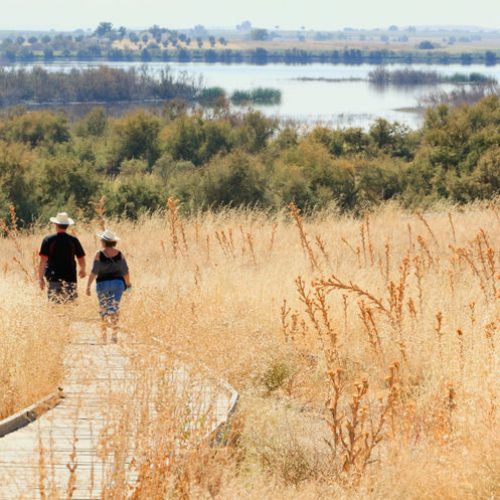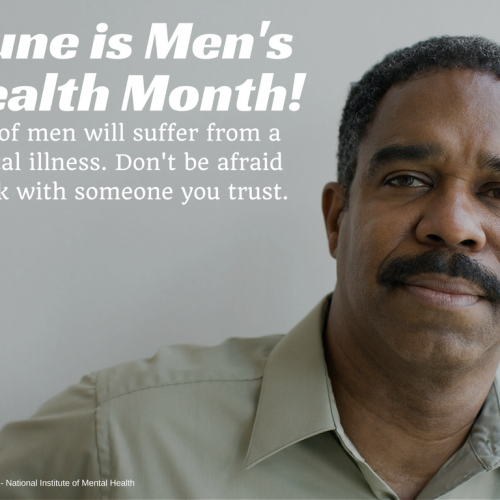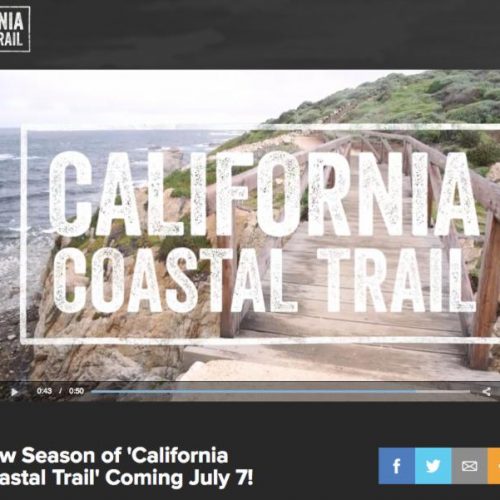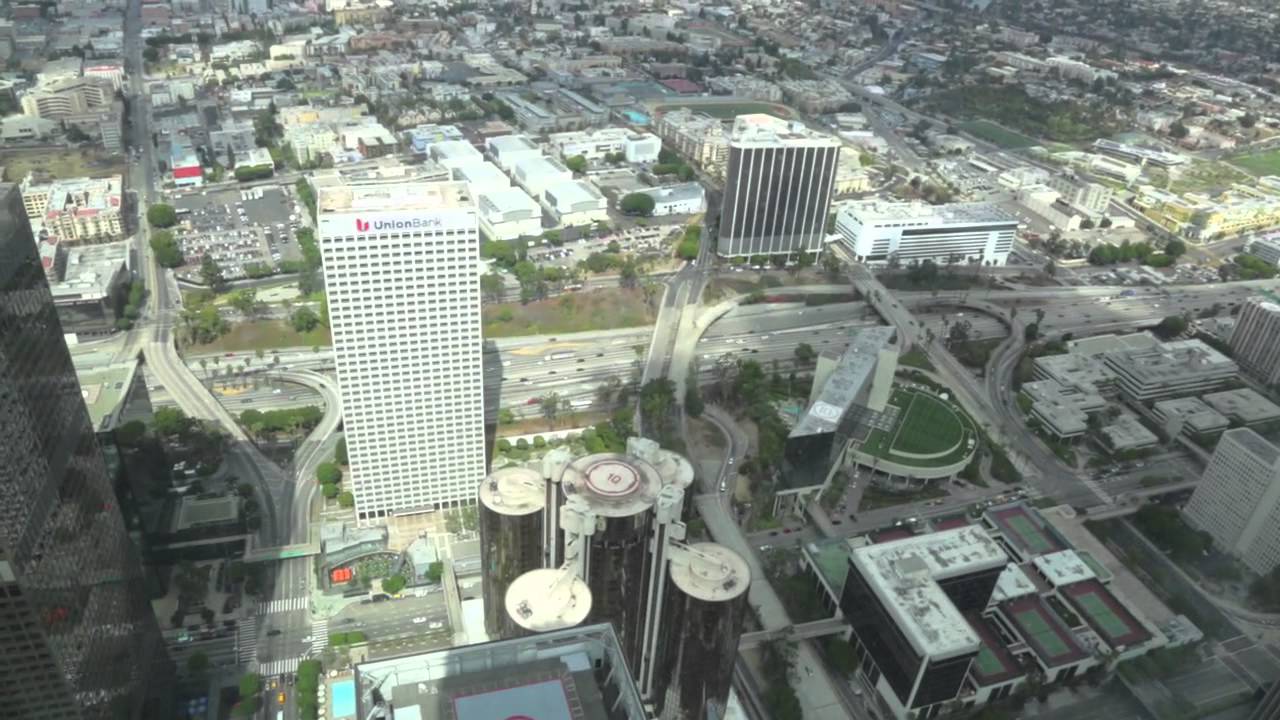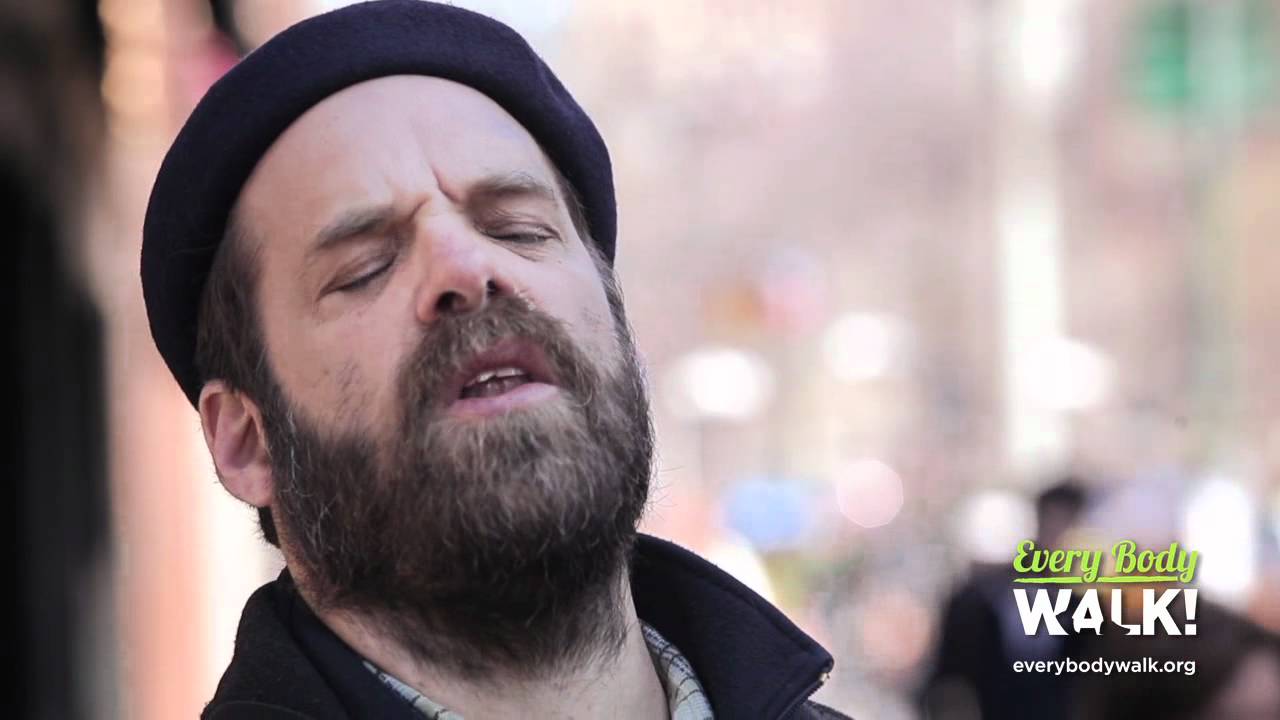Back in 2007, when the walkability rating system Walk Score launched, it was an exciting development for everyone who cares about pedestrian-friendly cities. Using information about amenities such as stores, restaurants, schools, banks, and other neighborhood needs, Walk Score allows users to type in an address in any of the 50 largest U.S. cities and get a number rating. The service is now extremely popular among real estate agents, among others, and has gone a long way toward popularizing the idea that “walkability” is both something that can be defined and is much to be desired.
While Walk Score has been continually upgrading and refining its methodology – starting to incorporate block length into its algorithms, instituting a transit score and a bike score for some locations – what it doesn’t do, yet, is incorporate more fine-grained and diverse data about the quality of the pedestrian experience.
That’s the gap that Walkonomics wants to fill. Created single-handedly by Adam Davies, a United Kingdom resident with a background in transport planning, geography, and computer science, Walkonomics is a just-launched free iPhone and Android app (also available on the web) that aims to quantify the pedestrian experience in a more nuanced way.
“Walk Score is great but it only really measures how many destinations are within walking distance of a certain location, its not a true measure of walkability, because distance is only one factor that influences if people will make a journey on foot,” Davies wrote me in an email. “Walkonomics takes a totally different approach to what walkability is, bringing it down to street-level and looking at the 8 key factors that research shows affect walkability.”
Those eight factors, as defined by Davies, are: road safety; ease of crossing the street; quality of sidewalks; hilliness; ease of navigation; fear of crime; what he refers to as how “smart and beautiful” a street is, in other words its aesthetic quality; and whether the street is “fun and relaxing.”
The app, which just launched, so far covers London and other English cities, San Francisco, and Manhattan. Next up is Toronto, with Chicago, Los Angeles, and Boston slated for inclusion later this year.
To measure the key walkability attributes, Davies is using open public data sets, then generating star-based ratings for each of the eight factors as well as a short review based on the open data, generated by the “WalkoBot.” But that is just the beginning of what Davies envisions for Walkonomics.
“Walkonomics … lets local people, who really know their streets, add their own reviews and influence the overall street ratings,” he says. “Hopefully this will eventually become a self-organising system like Wikipedia or OpenStreetMap.”
A quick test spin with the app revealed some weaknesses. Certain things about the interface are less than intuitive – entering a given street address returns a number of different listings, for instance — and the WalkoBot’s assessments didn’t necessarily match what I knew about certain locations. When I typed in my childhood Manhattan address, I was surprised to read “this area has very high levels of crime.” In fact, it’s among the safest in the city.
Davies explains this by saying “cities are going to have more crime than other areas,” and added that users are free to add their own assessments. But since this app is meant to be used in cities, the assessment of crime data sets needs another look.
Right now, Davies is working on what he described as “a shoe-string budget.” What minimal funding there is so far comes from advertising, and he told me that future revenue will likely be from ads, API licenses, and contracts with local governments and communities interested in rating and improving their walkability.
“In the long term, the Walkonomics dataset is built in such a way that it provides a street network and can be used to find walking routes,” he says. “One ultimate aim is to provide walking directions that are based not just on the quickest walking route, but also other factors like the most beautiful route, the safest route, the most tree-lined route or the most fun route.” There is clearly a long way to travel before the app fulfills this ideal. Still, Walkonomics’ focus on the subjective experience of the pedestrian is welcome.
There are other people working in the same vein (I’ve written before about Mariela Alfonzo’s State of Place assessment – which is not an app but a professional service). What Davies and others like him are banking on is that a desire for more pedestrian-friendly cities is not a fad in urban development, but instead a long-term trend toward greater awareness of the civic and economic benefits of pedestrian-friendly places.
Walk Score is still the gold standard for quick and easy walkability assessment, but the simple fact that Walkonomics wants to try doing things a different way is good news for anyone who wants to get from here to there on foot.
Source: The Atlantic Cities
February 21, 2013
By Sarah Goodyear
http://www.theatlanticcities.com/technology/2013/02/app-tells-you-how-walkable-street-really/4759/

